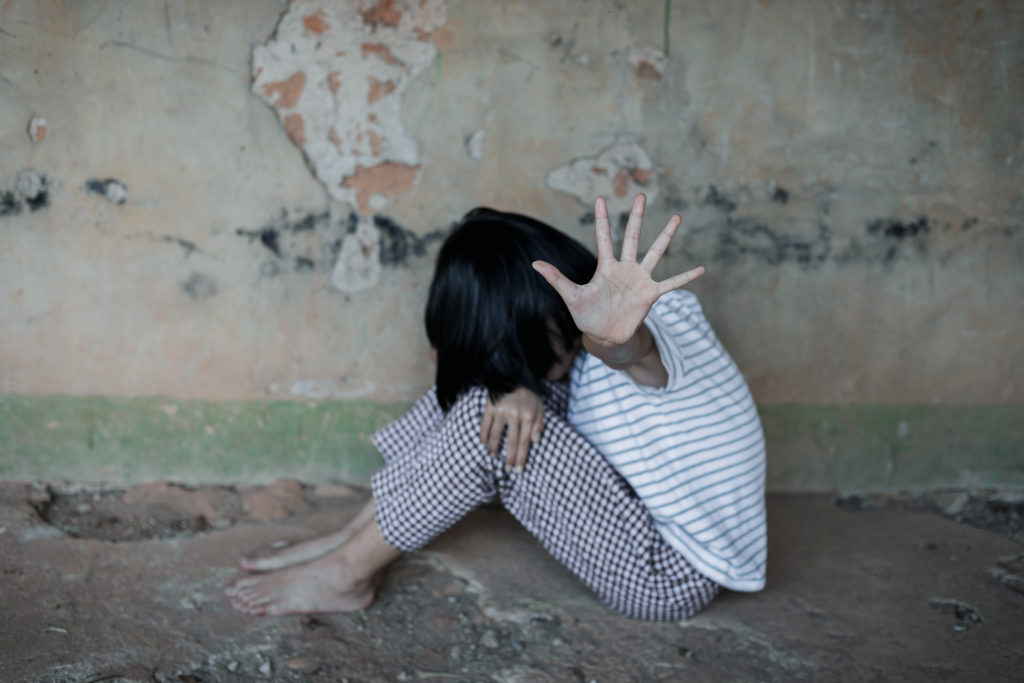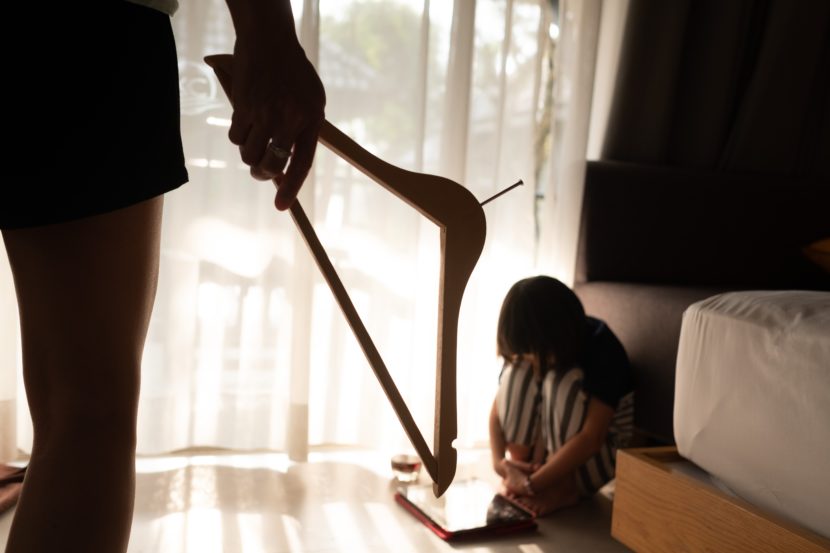Child abuse is a pervasive global issue, with estimated millions of children experiencing abuse in their homes, schools, or communities. Research suggests that children living in stepfamilies are particularly vulnerable to violence due to the challenges of forming strong emotional bonds with non-biological family members.
To prevent the severe physical and mental health consequences of child maltreatment, preventative measures such as counseling, support from social workers, and positive parenting techniques should be undertaken. Most importantly, should such violence occur, it is the responsibility of everyone to recognize it as child abuse, report it accordingly and in that way protect vulnerable children.
The occurrence of child abuse by step-parents
Violence against children is a pervasive crime worldwide. However, only a small fraction of cases come to the attention of child protection services, as reports indicate that approximately 1% of children in the population are reported annually. Studies show that children living in stepfamilies are particularly vulnerable to violence for a variety of reasons.
Some step-parents may not feel as connected to their partner’s children as they do to their own, while others may bring unresolved issues from past relationships into their new families. These factors can contribute to dysfunctional stepfamilies, increasing the risk of cruelty (Debowska et al., 2020).
The 1984 study on child abuse highlights the challenges that stepfamilies face compared to biological families. Research has shown that stepfamilies tend to create a more stressful living environment, which can increase the risk of child maltreatment (Debowska et al., 2020). Step-parents with weak emotional bonds or low self-worth and self-control are also at higher risk of abusing children. This creates a vicious cycle, as children who experience abuse are more likely to become abusers themselves, as noted by the World Health Organization (2022).
According to statistics from the USA, many divorced couples in the country remarry within ten years. Unfortunately, not all partners are willing to co-parent and form strong bonds with their non-biological children. Canadian psychologists Martin Daly and Margo Wilson found that “children are 40 times more likely than those who live with biological parents to be sexually or physically abused” (Glenn W. A, 2019). These alarming statistics underscore the need for support and guidance for stepfamilies, to promote healthy relationships and prevent child neglect.
Martin Daly also introduced the term “Cinderella effect” to describe the phenomenon of stepchildren being more likely to experience neglect from their step-parents. The name derives from the Cinderella fairytale, which features a stepmother who mistreats her stepdaughter.
This portrayal of step-parents as villains who mistreat children has been echoed in literature by famous authors such as Shakespeare and Dickens. However, it is important to recognize the reasons for the Cinderella effect are multifaceted and can stem from a variety of factors (Debowska et al., 2020).
Harmful effects of violence during childhood
Child abuse is a grave form of harm, encompassing physical, emotional, or sexual mistreatment of a child. Children who experience violence during their formative years are at risk of serious mental and physical health consequences. In the most severe cases, child maltreatment can even result in death.
Research shows that over half of child abuse victims experience a range of negative outcomes, including “behavioral problems, peer issues, depression, anxiety, developmental delays, irregular school attendance, and inappropriate sexual behavior” (Government of Canada, 2009).
A harmful family environment can harm a child’s development and future relationships. Children who witness poor communication and a lack of control from their caregivers may internalize these behaviors and view them as acceptable forms of parenting.
Child abuse often co-occurs with spousal violence, further traumatizing children who are exposed to it. Adults who were abused as children may experience feelings of guilt and low self-esteem, struggle with self-control, and repeat patterns of abusive behavior. While rebuilding trust can be difficult, it is possible (Government of Canada, 2009).
Specific reports of violence involving (step)parents
Child abuse is a serious problem that affects millions of children worldwide and instances of violence perpetrated by step-parents are unfortunately not uncommon. Research conducted by the Canadian founders of evolutionary psychology found that “the rate of infanticide was 60 times as high and sexual abuse was about eight times as high in stepfamilies as is in biologically related families” (Brody E J, 1998).
Similarly, research conducted in Brazil in 2010 found that Brazilian mothers were more likely to mistreat their children if they had a partner who was not the child’s biological father (Alexandre G. C. et al., 2010).

Child abuse is a pervasive problem in the United States as well that affects children of all races and ethnicities, with indigenous children and African-American children being among the most affected. Failure to provide for a child’s basic needs is the most common form of child mistreatment. To address this issue, it is crucial to support and guide all families, including stepfamilies, to promote healthy relationships and a safe environment for children
“In 2021, it was reported that approximately 210,746 children were abused by their mothers and 132,363 children were abused by their fathers.”
– Statista Research Department, 2023
How to prevent and address violence in stepfamilies
The successful upbringing of children is greatly influenced by positive parenting techniques, which emphasize open communication between all caregivers to create a balanced environment for the child.
However, while the child needs to maintain strong relationships with both, the biological and the step-parent, research suggests that a closer relationship with the biological parent may not necessarily reduce depression levels in cases where the relationship with the step-parent is distant or conflictual. Therefore, counseling can be a helpful step for all family members to promote a healthy family environment and ensure the child’s optimal development (Hornstra et al., 2021).
Step-parents need to take the time to gradually grow into their role and build closer relationships with their stepchildren. When changes occur and children find themselves in a new environment, they need guidance and support. If guardians struggle to adjust, they can seek the help of family therapists, child psychologists, parenting coaches, or social workers.
Fortunately, many non-profit and government agencies offer counseling services, including those aimed at low-income families. These resources can be valuable for families who may benefit from guidance on positive parenting strategies (Deal R, n.d.). However, if despite all preventative measures violence in stepfamilies does occur, although it is often reported by teachers, law enforcement officers, or social service providers, it should be everyone’s responsibility to help a child in need.

At Humanium, we believe in empowering children to realize their goals within their local communities. Our team of human rights defenders, life coaches, psychologists, leadership graduates, and therapists has developed a methodology that focuses on protecting and helping children in a way that promotes their well-being. You can join us in creating a safer and more nurturing world for children by volunteering, donating, or sponsoring our cause.
Written by Lidija Misic
Bibliography:
Alexandre G.C, et al. (2010). The presence of a stepfather and child physical abuse, as reported by a sample of Brazilian mothers in Rio de Janeiro. Retrieved from the National Library of Medicine at https://pubmed.ncbi.nlm.nih.gov/21030083/, accessed on March 25, 2023.
Brody E. Jane (1998). Genetic Ties May Be Factor In Violence in Stepfamilies. Retrieved from The New York Times at https://www.nytimes.com/1998/02/10/science/genetic-ties-may-be-factor-in-violence-in-stepfamilies.html, accessed on March 25, 2023.
Deal Ron (n.d.). Stepparenting: It Takes Two. Retrieved from Focus on the Family at https://www.focusonthefamily.com/parenting/stepparenting-it-takes-two/, accessed on March 25, 2023.
Debowska et al. (2020). Violence against children by stepparents. Retrieved from ResearchGate at https://www.researchgate.net/publication/340828678_Violence_against_children_by_stepparents, accessed on March 25, 2023.
Glenn W. A. (2019). Child abuse is 40 times more likely when single parents find new partners. Retrieved from Philly Voice at https://www.phillyvoice.com/child-abuse-single-parenting-divorce-marriage-new-partners-advice/, accessed on March 25, 2023.
Government of Canada (2009). The Effects of Domestic Violence on Children – Where does it Hurt? Retrieved from the Government of Canada at https://www.canada.ca/en/public-health/services/health-promotion/stop-family-violence/publications/effects-domestic-violence-children-hurt.html, accessed on March 25, 2023.
Hornstra et al. (2021). Dissonant relationships to biological parents and stepparents and the well-being of adult children. Retrieved from Sage Journals at https://journals.sagepub.com/doi/full/10.1177/02654075211031984, accessed on March 25, 2023.
Statista Research Department (2023). Child abuse in the U.S. – number of victims 2021, by perpetrator relationship. Retrieved from Statista at https://www.statista.com/statistics/254893/child-abuse-in-the-us-by-perpetrator-relationship/, accessed on March 25, 2023.
WHO (2022). Child maltreatment. Retrieved from World Health Organization at https://www.who.int/news-room/fact-sheets/detail/child-maltreatment, accessed on March 25, 2023.


